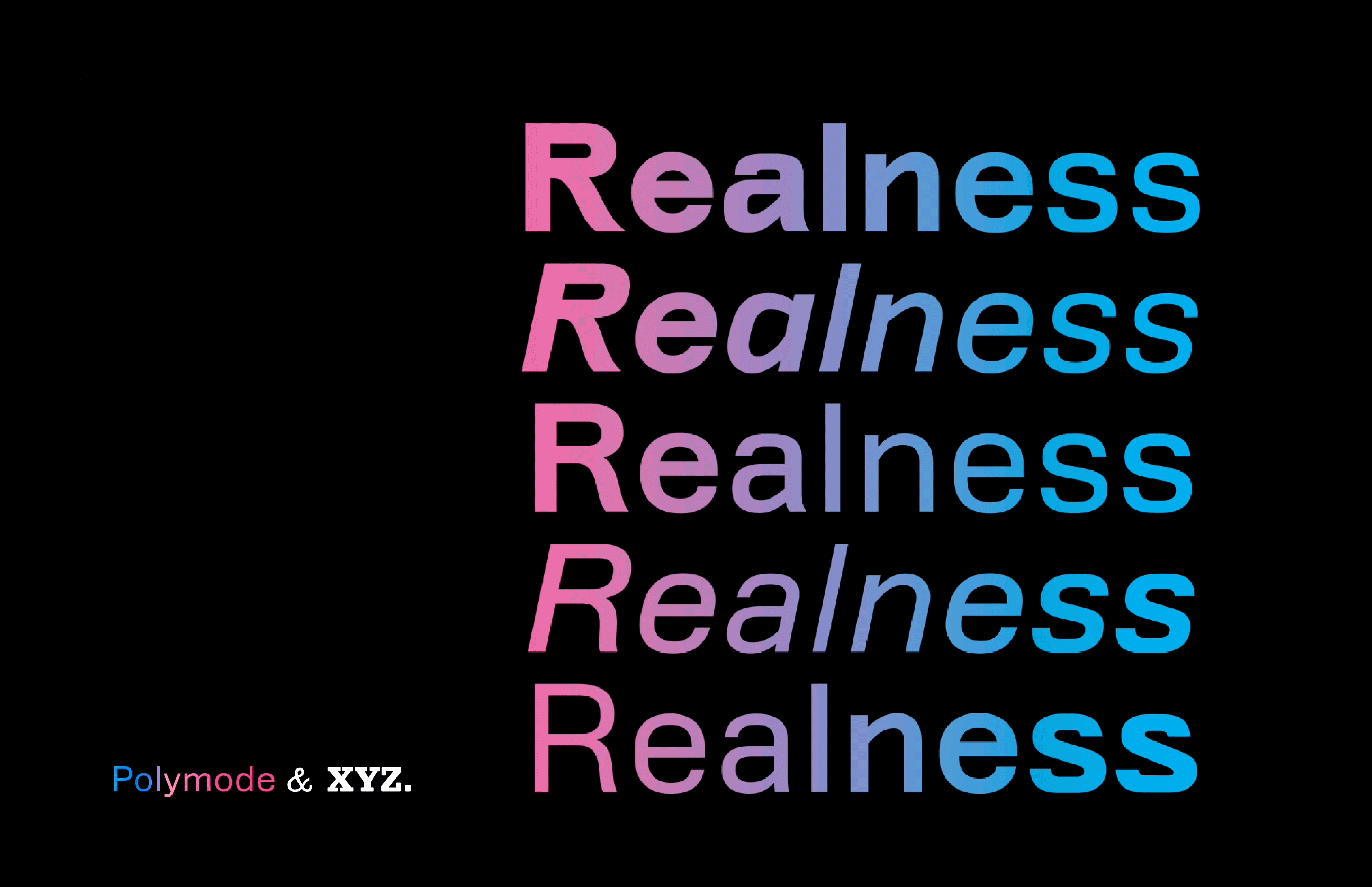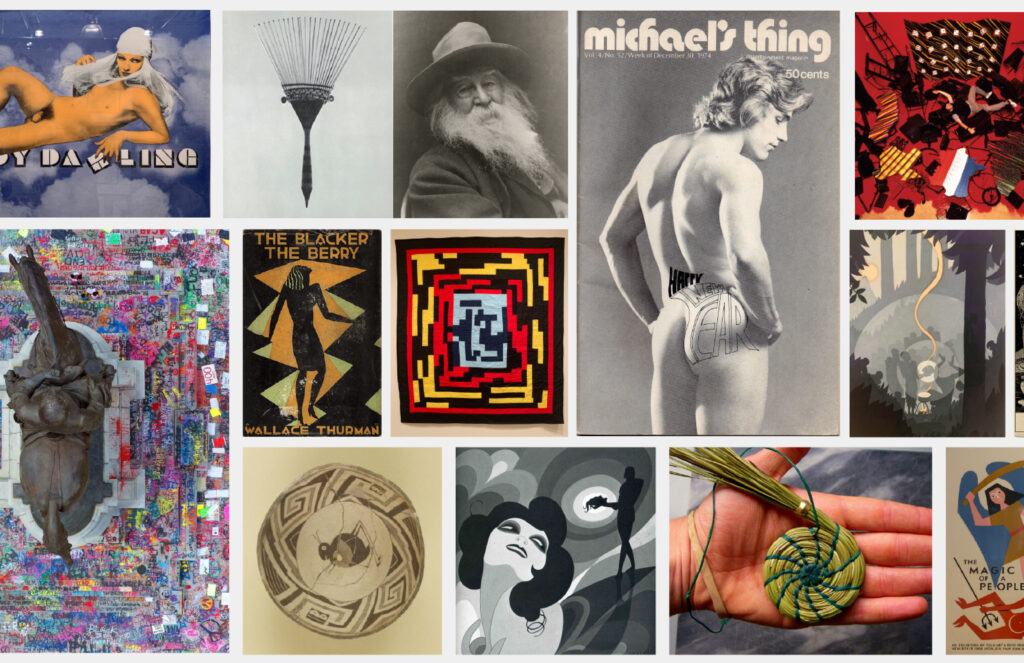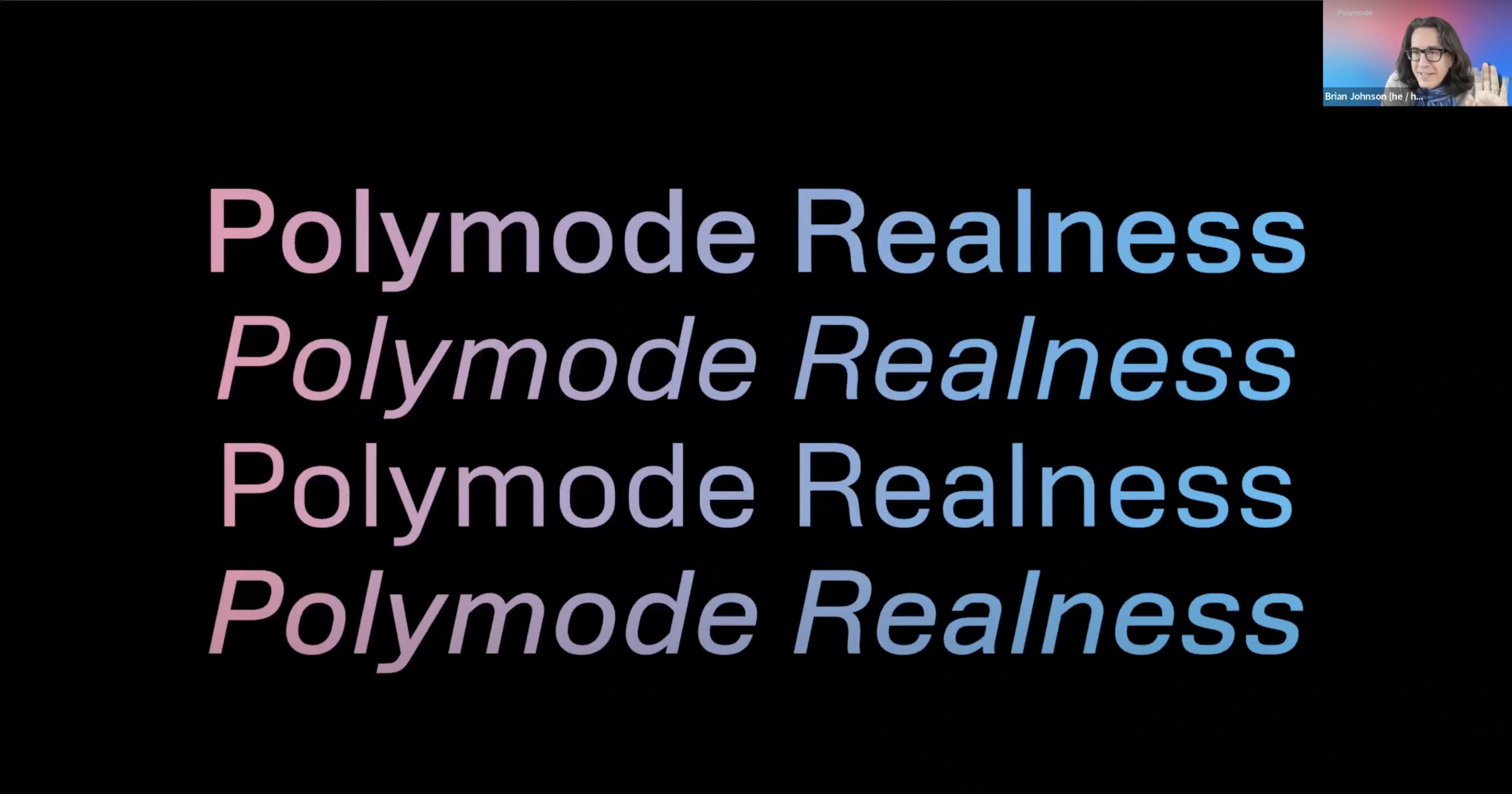This talk details the development of Polymode Sans, a custom variable typeface family for Polymode Studio.
Polymode Sans is a typeface that expresses a view while remaining neutral. Designed by XYZ Type Foundry in collaboration with Polymode. Having the right amount of friction, it works well as body type — noticed but not annoying. In Display sizes, it lets that friction be more noticeable. It’s flexible in use and is suitable for both screen and print design. It features a decent x-height that works well on screen and at caption sizes. The stylistic sets allow for customization to change the tone while remaining true to established norms of proportion, weight, and contrast.
At Polymode studio, we approach designing with a question, whether it’s an art book, a web redesign, or a museum branding project; our projects lead with a question that asks us how to do something through design. This project was no different.
“We approached XYZ with a question, it wasn’t just ‘we want a typeface,’ it was more: How does, or can, a typeface dynamically express a point of view while also being able to remain ‘neutral’? Ben and Jesse were phenomenal listeners and started by encouraging us to submit visual references that moved well beyond typefaces, consisting of personal and professional lineages—including BIPOC and Queer voices.”
—Polymode

Polymode Sans, as a variable typeface, offers a new understanding of how typography can flex, adapt, and change using two different axises. One dictates the weight of the type, and the other transforms the level of realness. Polymode gave names to some of the stops on the realness scale: Acting Basic is a more reserved version of Lining Gothic; Going to Work, the contemporary revival of Lining Gothic, then Churl Please, Attitude, and Opulence round out the journey from neutral to maximum REALNESS.

